
A Complete Guide to Pugs

Advertisement
Ask any pug owner, and they’ll likely have a humorous story about their beloved pet. Pugs are spirited dogs with a playful side, yet they’re incredibly calm and content indoors. As people pleasers, they relish every opportunity to be the center of attention. Many pug owners claim these dogs are exceptionally intuitive, able to sense their owners’ emotions, and their natural curiosity only adds to their charm.
Advertisement
01.Pugs Are the Largest Dog in the Toy Group
01.Pugs Are the Largest Dog in the Toy Group
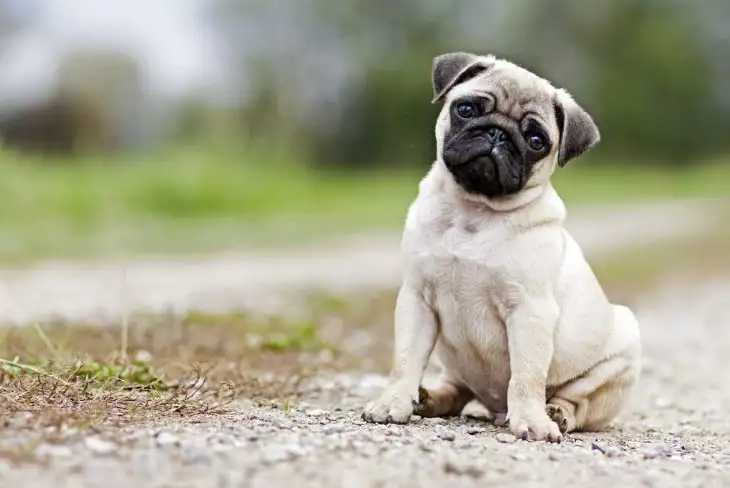
For anyone seeking a small dog that’s not too small, the pug fits the bill perfectly. These compact canines are easy to carry while still sturdy enough for playful antics. As members of the toy group, they share their classification with Chihuahuas, Pomeranians, and Maltese, but they stand out as the largest breed in this group.
Typically, adult pugs measure 10 to 13 inches tall and weigh 14 to 18 pounds. With their dense and muscular physique, they reach full size around one year of age, making them a perfect balance of size and strength.
Advertisement
02.Highly Expressive Faces
02.Highly Expressive Faces
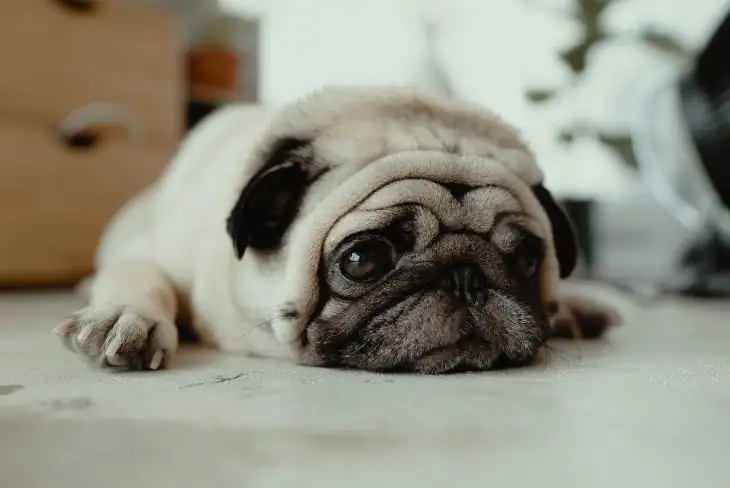
One glance at a pug’s face, and it’s easy to see why they’re so adored. With their round, flat faces, large dark eyes, and wrinkled brows, they possess a cuteness factor that’s hard to resist. Their slight underbite, curly tails, and characteristic head tilts add even more charm.
These features perfectly encapsulate their playful yet slightly stubborn personalities, making them a source of endless amusement for their owners.
Advertisement
03.Recognized Coat Colors
03.Recognized Coat Colors

Purebred pugs come in two officially recognized coat colors: fawn with black masks or solid black. While some sellers advertise rare colors like white or brindle, these are not part of the breed standard recognized by the American Kennel Club.
Breeders often question the purity of such pugs, speculating that other breeds may have been introduced to achieve these non-standard colors. This ongoing debate highlights the importance of researching reputable breeders when considering a pug.
Advertisement
04.Perfect House Companions
04.Perfect House Companions

Not all breeds adapt well to different living environments, but pugs are the exception. Whether it’s a city apartment or a spacious home in the countryside, these adaptable dogs thrive. While they can be a bit food-obsessed and occasionally jealous, their gentle, loving nature makes them excellent companions.
Pugs match their energy to their owner’s lifestyle, whether it’s playing games or snuggling on the couch. However, they’re not ideal for people seeking low-maintenance dogs or running partners.
Advertisement
05.Protective and Reliable
05.Protective and Reliable
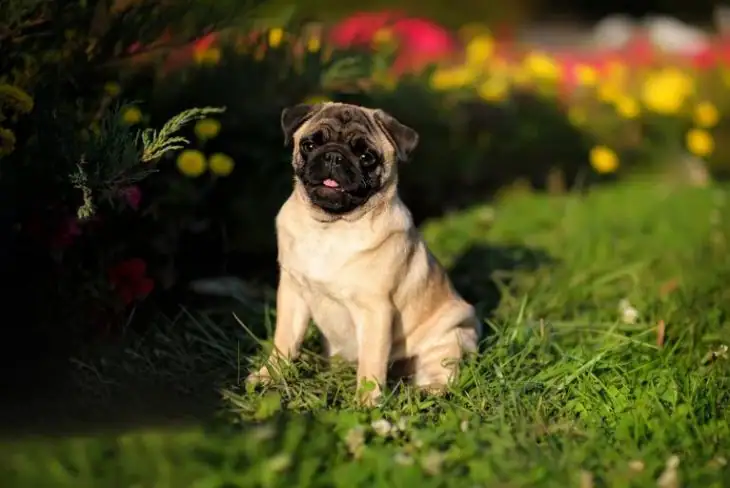
Despite their small size, pugs have big personalities when it comes to protecting their families. They make excellent watchdogs, often using their bark to deter potential threats. They’re not usually aggressive or prone to biting, thanks to their steady temperaments and happy nature.
Pugs are wonderful with children and other pets, making them reliable and loving members of the household. Any signs of aggression may signal underlying health issues and warrant a visit to the vet.
Advertisement
06.Importance of Daily Exercise
06.Importance of Daily Exercise
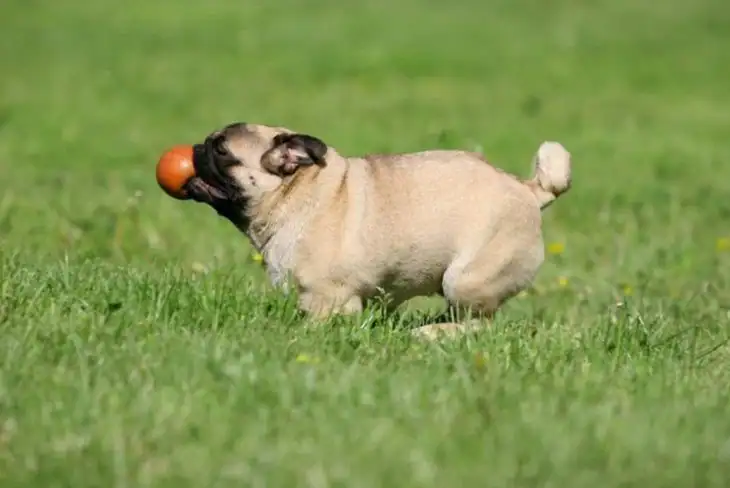
Pugs are naturally inclined to spend much of their day lounging, but daily exercise is vital to their health. A brisk walk or a game of fetch helps maintain a healthy weight and keeps them active. However, due to their short noses, pugs are sensitive to heat and humidity.
It’s crucial to exercise them during cooler parts of the day to prevent overheating. Keeping a consistent routine ensures they stay fit and happy.
Advertisement
07.Understanding Brachycephaly
07.Understanding Brachycephaly
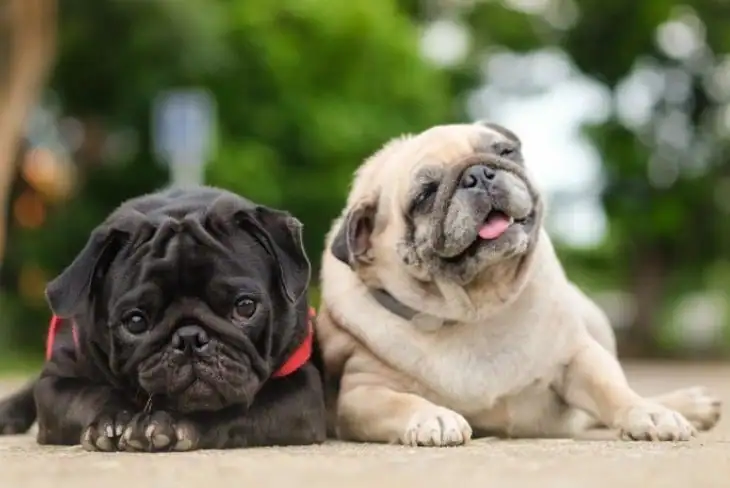
The pug’s adorable flat face is a hallmark of the breed, but it also presents health challenges. Brachycephalic dogs, like pugs, often face breathing difficulties due to airway abnormalities. These issues include:
- Stenotic nares : Small, narrow nostrils.
- Hypoplastic trachea : A windpipe narrower than normal.
- Elongated soft palate : This can block the trachea, making breathing harder.
- Everted laryngeal saccules : Small sacs in the larynx that obstruct airflow.
While these conditions can be managed, owners need to monitor their pug’s breathing and avoid overexertion.
Advertisement
08.Other Health Considerations
08.Other Health Considerations

Like all breeds, pugs are prone to certain health issues. However, this doesn’t mean every pug will experience them. Common concerns include:
- Dry eye and corneal ulcers.
- Seasonal allergies.
- Hip dysplasia, affects around 64% of pugs.
- Neurological issues like Pug Dog Encephalitis and Pug Myelopathy.
Regular vet checkups and early intervention can help manage these conditions and ensure a happy, healthy life.
Advertisement
09.Long Life Span
09.Long Life Span

Owning a pug means enjoying years of companionship. With a typical life span of 13 to 15 years, these small dogs often outlive larger breeds. However, their love of food and tendency toward inactivity can lead to obesity, which shortens their life expectancy.
Keeping their weight in check and protecting them from extreme temperatures are key to their longevity. As loyal and affectionate pets, pugs bring endless joy to their families.
Advertisement
10.Asian Roots
10.Asian Roots

The pug’s history is as captivating as the breed itself. Originating in China, these dogs were cherished by emperors and guarded by soldiers. Alongside Pekingese, pugs were among the emperor’s favorite lap dogs. Dutch traders introduced the breed to Europe, where it quickly gained popularity among royalty.
From Queen Victoria to Napoleon, many notable figures have adored these charming companions, solidifying their status as a noble and beloved breed.
Advertisement
You May Also Like
Popular Now
Wild
91 reading now
Wild
35 reading now
Dogs
28 reading now

.png)



